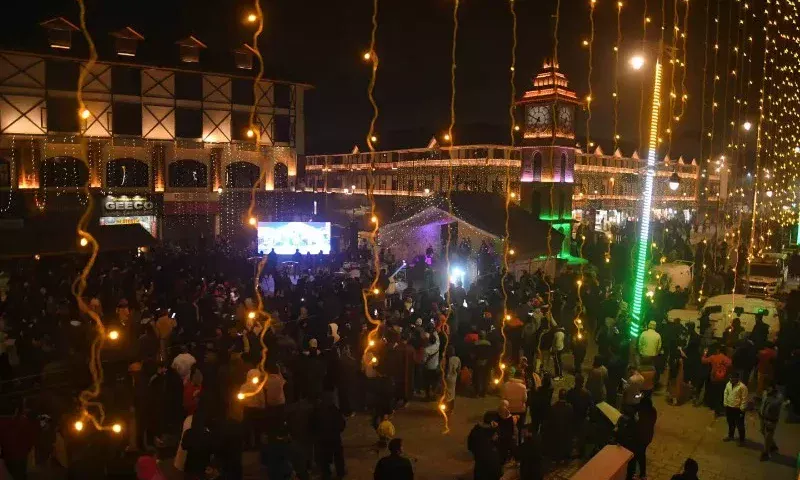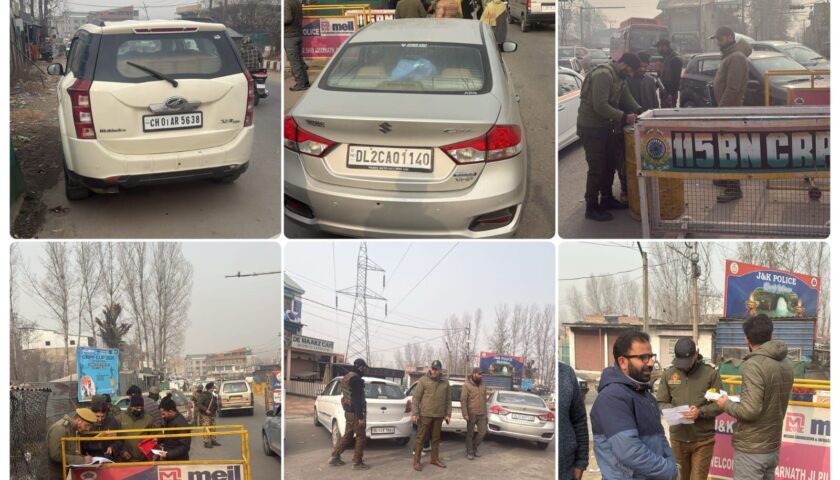Thirty years ago J&K was under Governor’s rule, there was massive troops deployment, its political leadership was kept locked up and there was no development. Haven’t we reverted to the same disarray?
In his speech of 8 August 2019 explaining the move to ‘deoperationalise’ Article 370 (it has not been revoked or removed as is widely assumed), the prime minister said the following:
That the development of Jammu, Kashmir, and Ladakh was being held back by Article 370. The problem had now been eliminated and a new era had begun. Article 370 was the root of separatism, terrorism, nepotism, and corruption. The future had been secured now by this move.
We should examine what has happened in the two years since. The first aspect is that there is no democracy any longer in Kashmir. It is the only part of India to not have an elected government and is ruled directly by Delhi through a Governor.
The second is that this direct rule is accompanied by the use of laws that are peculiar to Kashmir, such as the Public Safety Act. Under this law, individuals can be detained without a crime. This is a Kashmir-specific law though ‘one nation one constitution’ was used as a reason for the Article 370 move.
The third is that the total number of people who have bought land in Kashmir in the last two years is only two. The removal of Article 35, which defined permanent residents of Kashmir, was said to be a big reason for India’s action, but it does not appear to have changed the position on the ground.
Fourth, Kashmiri Pandits have not returned to the Valley. Why an urban and educated community would want to go back to a place with few jobs and often no internet is not easy to understand. When Union minister Meenakshi Lekhi blamed Pandits recently for not showing interest to return to the Valley, this aspect may not have been understood by her.
Fifth, the change in the status of Ladakh and the issuance of new maps of the Union Territory appears to be the proximate cause for China’s aggression there.
The government has not acknowledged it, but essentially the Chinese have ensured that their 1959 claim line has been imposed on the ground. India continues to have around 2 lakh soldiers on that front. In January this year, the army changed from having 25 divisions facing Pakistan and only 12 facing China to having 16 now face China.
Sixth, terrorism in Kashmir as measured by fatalities in the last three years under Manmohan Singh averaged 150 deaths a year. In the last three years, this number is 250 deaths a year. It appears that terrorism is not going down because we have de-operationalised Article 370.
Seventh, there has been no development in Kashmir for the last two years and this is not unexpected. The economy has been in decline across India for several years now. The pandemic and increased violence recently will hit tourism also. The US magazine Harper’s reported that Kashmir’s doctor to patient ratio is 1 to 3,060, while its troops to civilian ratio are 1 to 7. It is hollow to talk about ‘development when the world confronts you with such numbers.
Eighth, after five decades, the United Nations Security Council took up the issue of Kashmir. On 16 August 2019, the UN website carried a news item under the headline “UN Security Council discusses Kashmir, China urges India and Pakistan to ease tensions”. Its opening paragraph read: “The Security Council considered the volatile situation surrounding Kashmir on Friday, addressing the issue in a meeting focused solely on the dispute, within the UN body dedicated to resolving matters of international peace and security, for the first time since 1965.”
India has reactivated global interest in the issue of Kashmir which was previously dormant.
Ninth, other global bodies have also begun to criticize India for what is going on in Kashmir after 2019. This year, the United States Commission on International Religious Freedom (a bi-partisan body that had previously banned Modi from entering the United States after 2002) said this in its report:
“In Muslim-majority Jammu and Kashmir, restrictions on freedom of movement and assembly negatively impacted religious freedom, including the observance of religious holy days and the ability to attend prayers. The shutdown of the internet for nearly 18 months— the longest-ever shutdown in any democracy—and other restrictions on communications caused significant disruption and limited religious freedom.”
The USCIRF has recommended sanctions against Indian individuals to President Joe Biden.
Tenth, after China’s aggressive moves in Ladakh, India sought a ceasefire with Pakistan, which is today holding on the ground. Our reason for acting in Kashmir was because India said Pakistan was the problem. Now India is turning to Pakistan for the solution because apparently, the real problem is China.
The reason for writing on this subject at the current time is that we seem to be reverting to the position that Kashmir was 30 years ago. Then, as now, it was under Governor’s rule. Its political leadership was kept locked up and sidelined, its people were forbidden from protesting, there was no development, and India was forced to deploy large numbers of security forces internally.
We should consider all this honestly and ask ourselves what the benefit of the action that India took in 2019 has brought to us and to Kashmiris.




